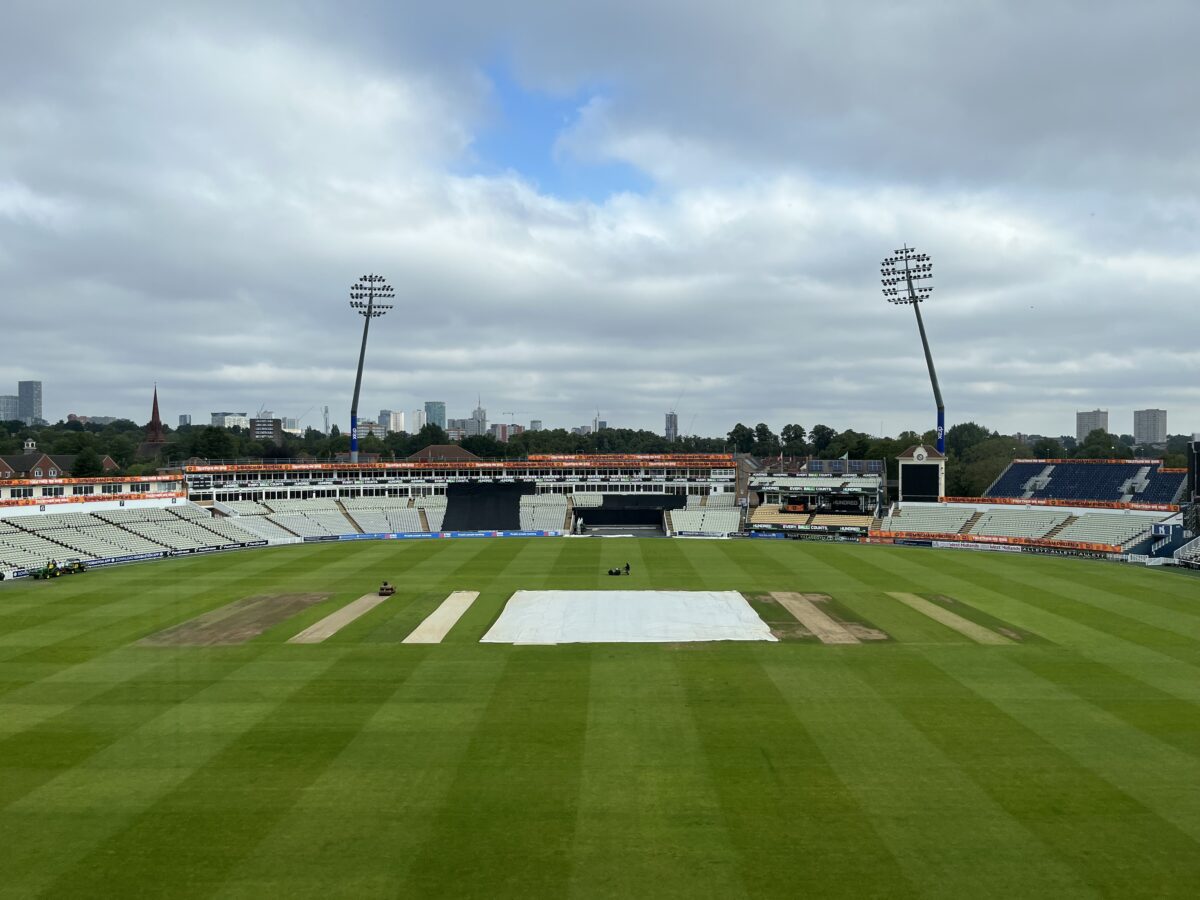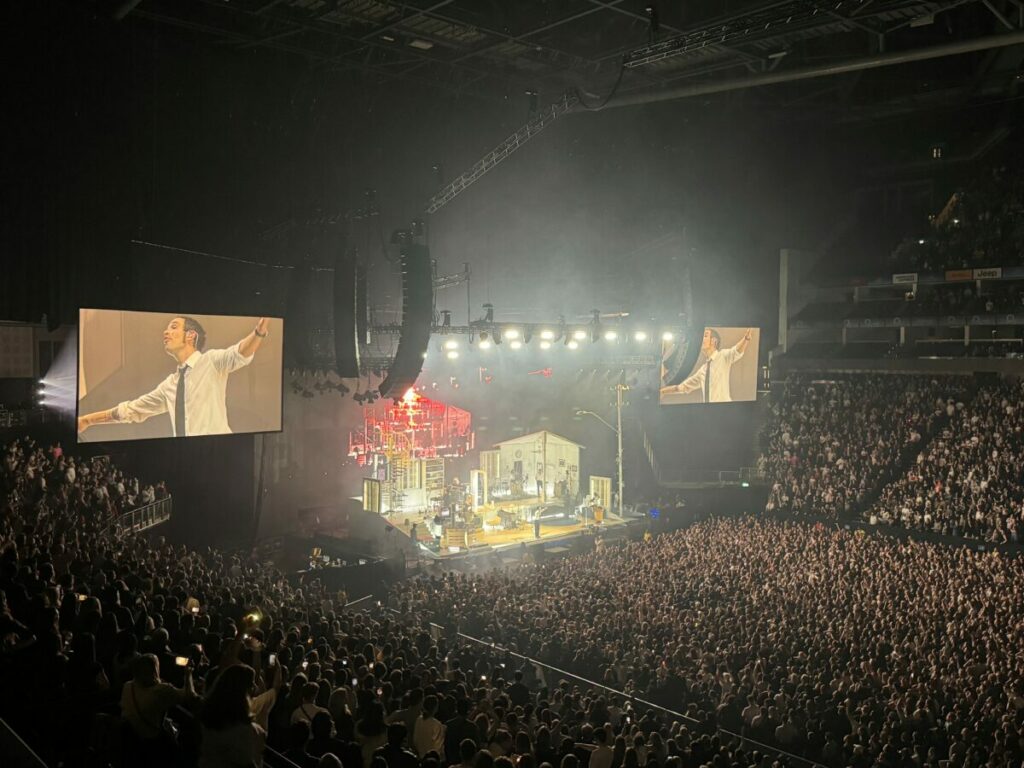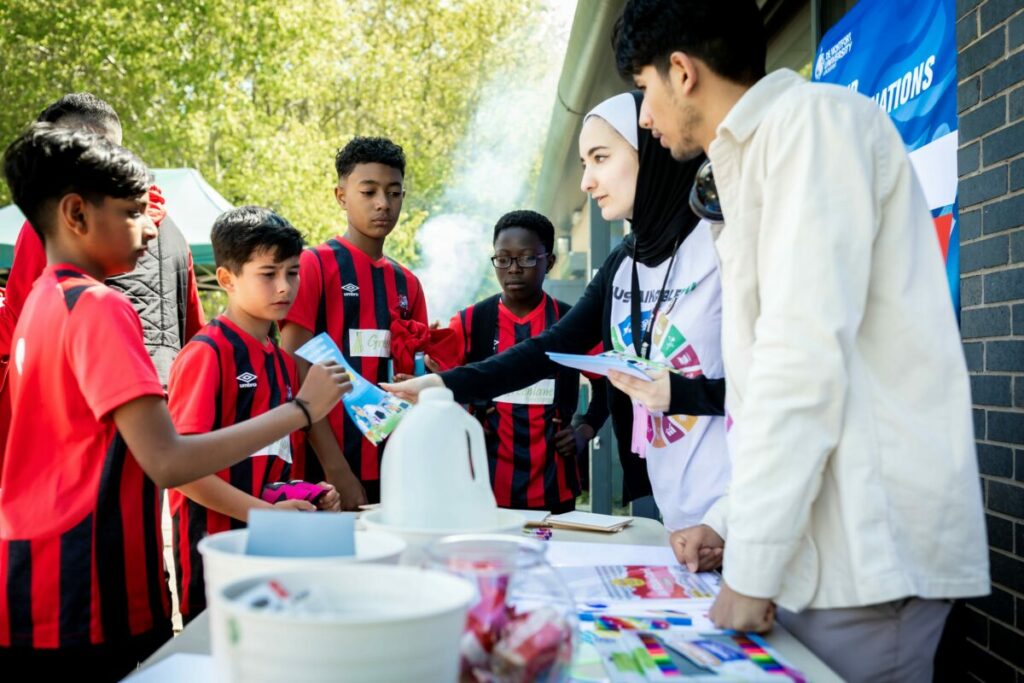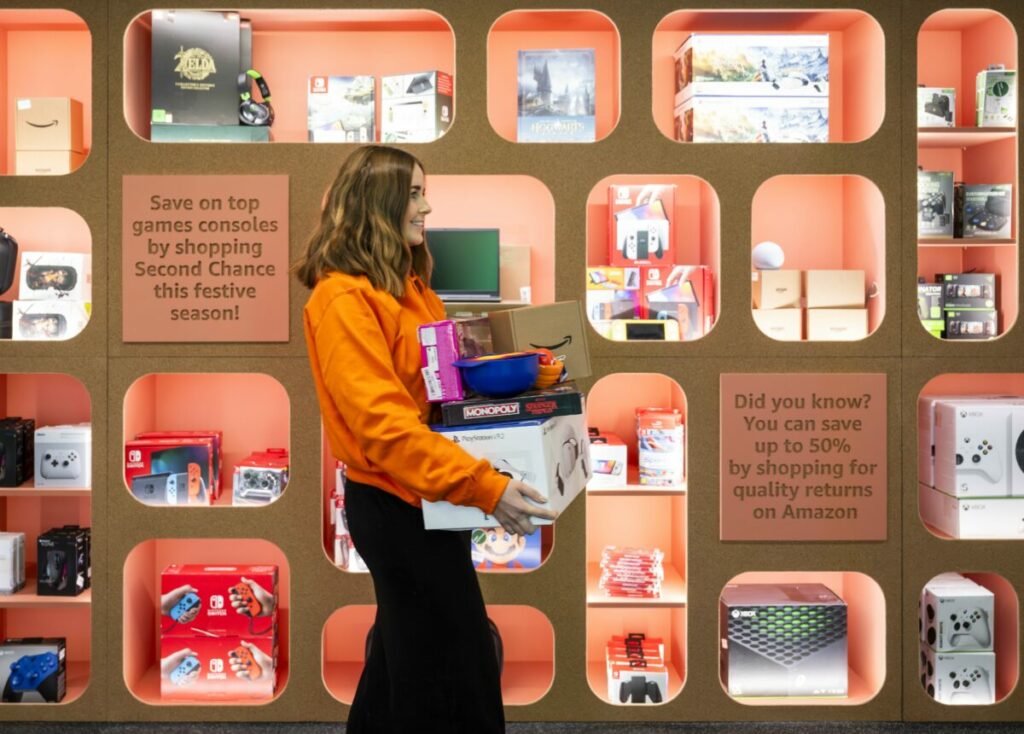Cricket is one of the world’s most loved sports, but – thanks to its ‘rain prevents play’ nature – it is also one of the most susceptible to climate change.
Cricket fan and author Peter Frankopan stressed his concerns about how climate change was going to impact the sport he loves in a speech at Lord’s earlier this year.
“Reports have said that cricket will be the hardest hit of all the major pitch sports by the changing climate and it has become very obvious that some countries that play test cricket are very exposed,” he said.
“Some 230 million people around the world live less than one metre above sea level, including nearly 75% of Bangladesh – and sea levels are rising.”
As well as “looking at sponsors”, Frankopan suggests investing in “clean energy, clean water, renewable energy”.
“We need to work out what our role is in parts of world that are such an important part of cricket’s family. I would really welcome a proper step down the wicket,” he added.
Edgbaston cricket ground sustainability manager Lydia Carrington is carving out her role in the world of green cricket, as she gets ready to set to stage its first sustainable international cricket match day for the Vitality IT20 England against New Zealand on 3 September 2023.
It has been named the ‘Go Green Game’ especially for the occasion.
Subscribe to Sustainability Beat for free
Sign up here to get the latest sustainability news sent straight to your inbox everyday
Tackling the biggest challenge in cricket
Carrington says the aim of the Go Green Game is not only to reduce its emissions, but to “raise awareness among staff, spectators and our community of the influence the sporting and event industry can have on sustainability and climate change”.
Spectator travel is one of the biggest contributors to the carbon footprint in sport and cricket is no different. Carrington shares that just under 80% of the stadium’s total carbon footprint is down to travelling fans making their way to the event.
“We want to get our fans engaged with our sustainable messaging and help us gather data regarding their modes of transport,” she says.
The team took a data-driven approach to travel emissions, surveying previous ticket buyers to find out how many miles people travelled and what mode of transport they used.
“Obviously, it didn’t cover every single person because some didn’t complete the survey. Our methodology is completely transparent – some of the methods have been assumed or estimated due to the lack of data,” Carrington explains.
Using the data collated, Edgbaston’s sustainability team were able to work out which transport routes needed to be more sustainable through postcode mapping.
“From looking at postcodes, we were able to identify the biggest ‘hotspot’ areas of where our fans travel from and work with transport providers to improve those routes, so people don’t need to drive.”
In preparation for the Go Green Game, Edgbaston has put a number of transport initiatives in place.
Spectators will be encouraged to use shuttles from Birmingham New Street train station to the stadium and it has partnered with National Express West Midlands to provide additional services and free travel for ticket holders on the company’s buses and shuttle buses to the stadium.
More volunteers will be positioned on walking and cycle routes to direct people to the ground and there will be improved signage from the city centre, while car parking will be reduced to 150 spaces.
“We’re not in the middle of nowhere and there are plenty of ways to get to the stadium,” said Carrington. “It’s just about communication and showing people it’s actually quite easy to get to Edgbaston with public transport.”
Engaging with suppliers
The next stakeholders to get on board are suppliers, ranging from transport to food vans, which was simple to Carrington.
“Our suppliers and partners really wanted to get on board as soon as we spoke with them,” says Carrington. “It was great to see.”
But Carrington was prepared to have some difficult conversations.
“If our suppliers weren’t willing to work with us, we would have had to reconsider how we worked with them. It’s not a competition about who does things best, it’s about everyone working with the same goals.”

Luckily, no such drastic action was needed, as all suppliers were fully on board with Edgbaston’s sustainability goals.
“All of our main matchday suppliers have great sustainability strategies and targets in place – and where necessary they’ve changed the services and goods they’ll provide during the Go Green Go match,” highlights Carrington.
For example, food catering partner Fordhall Farm, a community-owned organic farm, will be using new seaweed-based containers.
“We’ve just been awarded the ISO 2012 sustainable event management certification so we have a procedure in place that every new supplier will be checked for sustainability policies and procedures,” Carrington adds.



Edgbaston’s vegetable patch: the stadium has a team that grows food for hospitality.
All in a name
Carrington emphasised the Edgbaston team wanted to avoid using terms such as ‘net zero’ and ‘carbon neutral’ in naming the cricket match.
“We didn’t want to call it the ‘world’s first net zero match’ because that’s not what it is. It’s about reducing emissions and raising awareness,” she says.
“While we have net zero targets, we didn’t want to use any of those labels because it can be quite daunting and there’s always the risk of backlash. At the end of the day, it’s an international cricket match, with the opposition and their fans coming over from New Zealand. It won’t be 100% carbon neutral!”
The future of sustainable cricket at Edgbaston
The Go Green Game is by no means the end of the road for Edgbaston’s sustainability journey, with Carrington pointing to a number of areas they’ll be focusing on reducing emissions in the future – from LED alternatives for pyrotechnics and electric mowers instead of gas.
“I’m excited to see the results of the match,” says Carrington.
“I want to use the Go Green Game as a case study to help other sports and cricket clubs reduce their emissions. We will definitely be reducing emissions but there will still be a lot of learning points that we’ll be able to take into the future,” she adds.
“We’ve had a lot of communication going out for this match and it’s not going to stop here,” says Carrington, revealing that each match throughout the 2024 season will have a different focus on sustainability.
“This really is just the beginning.”














